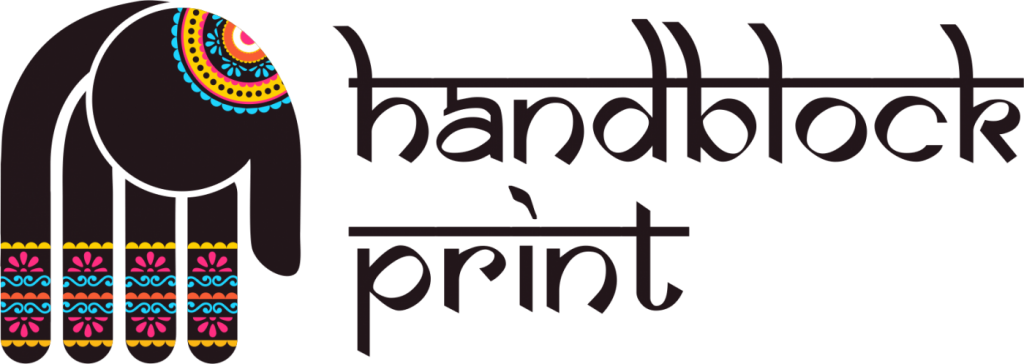Different types of Textile Block Printing
The beauty of Indian Textile Block Printing is amazing using natural colors and is practiced in the country for more than 500 years. The art of Textile block printing is passed down from one generation to another one from many generations and they use traditional family plant-based recipes for developing the die and keeping the history and values of the family alive.

Print in textile block printing starts with designing, drawing on paper, and after that carving the design into woodblock of Sheesham. The physical block is carved for stamping repeatedly in many rows all over the fabric and for each color different block is carved. In the whole process, the outline block which is also called reekh is stamped first across the fabric which is an outline for lattice and floral kind of design. Followed by filling blocks, you can say data or datta, and Gad which is ground color block. It may seem that block carving is an easy task but in order to gain mastery in carving, one needs many years of practice and it is done by hands only.
After the blocks are carved, colors are prepared for dyeing, not before that, and after they get prepared, they will be put into a tray which is mostly wooden and blocks are stamped in color for printing each time on the fabric to repeat the pattern. Textile block printing is a painstaking process along with its labor pain. The major places for textile block printing in India are as follows:
- West Bengal
- Uttar Pradesh
- Andhra Pradesh
- Rajasthan
- Gujarat
In the states of Rajasthan and Gujarat, Sanganeri Block printing and Bagru Block Printing are very famous and have great demand from all over the world. You will not find any major difference in these two types of printing, the only difference is in the background of printing on which they are going to print. The Bagru style of printing prefers red and black color background whereas the Sanganeri style prefers printing on white background only. In the eastern part of the country, block printing is bigger and bolder but in the western part of the country, textile block printing is very fine.
Here we present some of the different techniques of block printing.
- Direct Block Printing: In this style, the fabric mainly used is cotton and silk where firstly the cloth is bleached and after that, it is dyed with the color of their choice. Then, the block printing gets starts from the border of the fabric, followed by filling inside of the border.
- Discharge Printing: This style of printing prefers the dyeing process of printing first and then removal of dye from the fabric via chemical. These segments are again treated for recoloring it.
- Resist Printing: Some part of the fabric is not dyed and is covered with a mixture of clay and resin. Now, the fabric is dyed with the color and now some of the dye comes through these cracks which create a beautiful wavy effect on the fabric.
Block printing is used to create colorful as well as rich designs and prints, in earlier days of block printing natural dyes are used but nowadays synthetic dyes and artificial colors are used. You will find red, blue, yellow and saffron are often used in block printing for creating amazing and awe-inspiring prints. The perfectness of craftsman in creating tiny block prints on white and lighter backgrounds with floral motifs and flower prints are inspirational.
